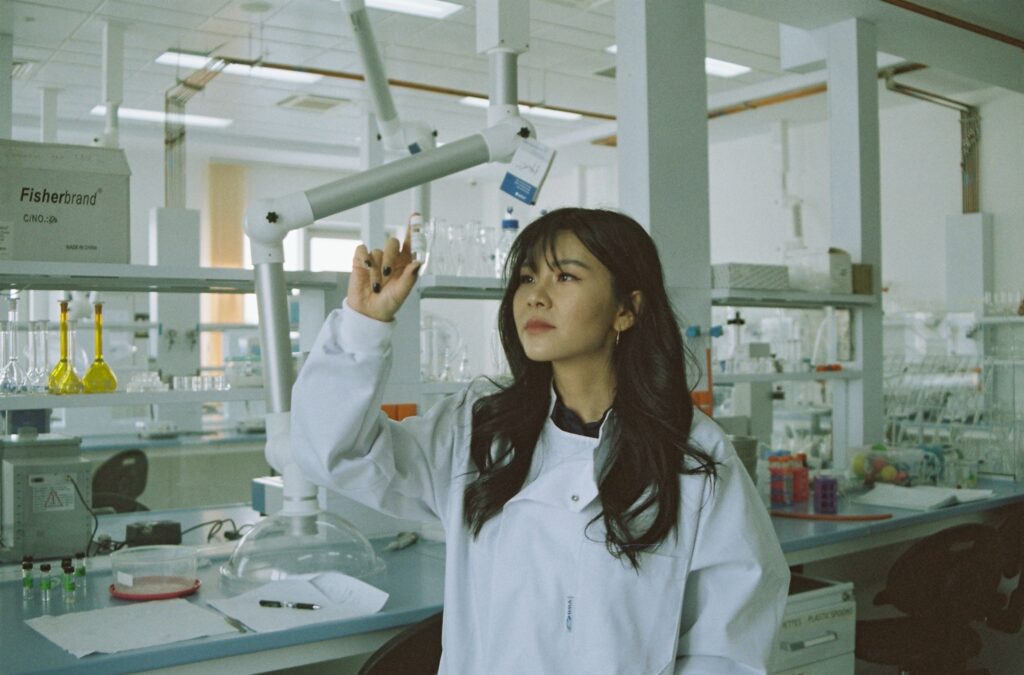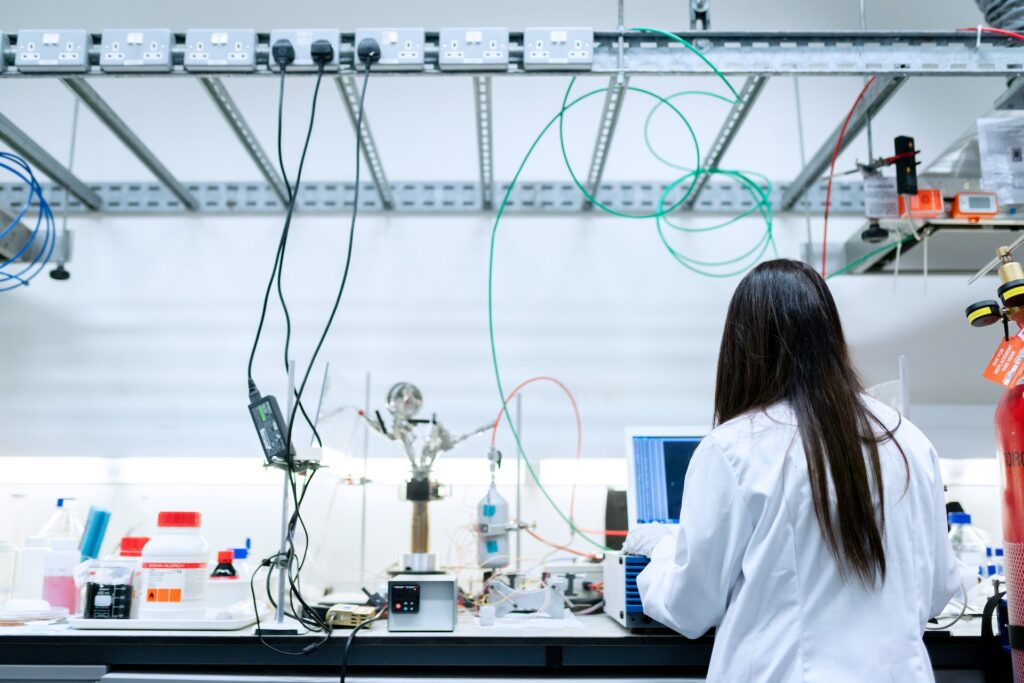
There are many different types of assay techniques used in drug discovery, including immunoassays, bioassays, cell-based assays and high-throughput assays. Each has its own unique set of challenges and requirements, so it is important to choose the correct assay technique for your project. Here are some types of assay techniques:
Immunoassay
Immunoassays use antibody-antigen reactions to detect and quantify target molecules. They are frequently used in drug discovery, diagnostics, and food testing.
Various techniques are used to perform immunoassays, including antibody binding, protein binding and cell-based assays. The specificity of an immunoassay can be based on the affinity of antibodies for particular epitopes on antigens or ligands.
Another common labelling method is radioimmunoassay (RIA), which uses radioactive isotopes, usually isotopes of iodine attached to tyrosine.
Bioassay
Bioassays evaluate the toxicity of a medium (usually water, sediment or soil) by testing organisms exposed to the sample. The organisms are characterized by their specific physical and chemical parameters and their exposure is evaluated to determine if they were negatively impacted by the medium.
Bioassay tests should include a reference and test samples as well as a control and standard. The reference sample should provide non-contaminant-related effects data due to important natural physical and chemical characteristics of the sediment, such as grain size, ammonia, sulphides, TOC, bacterial and fungal loading, etc.

Cell-Based Assay
Cell-based assays are a fundamental tool for early drug development and can provide a more accurate readout of biologically relevant compounds than biochemical assays. However, these assays also pose several challenges due to cellular heterogeneity and matrix interference.
One such challenge is to detect different signal intensities within the same sample well, especially for kinetic assays where the maximum signal builds up over time. This is where BMG LABTECH’s Enhanced Dynamic Range (EDR) function can help you.
High-Throughput Assay
High-throughput assays are automated methods used to evaluate the bioactivity of chemical compounds. They are commonly used in drug discovery.
In a high-throughput assay, millions of chemical and biological compounds are screened in order to identify active drugs or antibodies that modulate a specific biochemical pathway. Using robotics, data processing/control software, liquid handling devices and sensitive detection methods, researchers can run many experiments in short periods of time and eliminate compounds that don’t work with their target.
Label-Free Cellular Assay
Label-free cellular assays use biosensor technology to convert intracellular signalling into a quantifiable signal. These sensors can detect a broad range of cellular events including cell division, proliferation, migration, and differentiation.
These processes are essential for development, tissue repair, and immune regulation. Consequently, they can help identify new drug targets.

